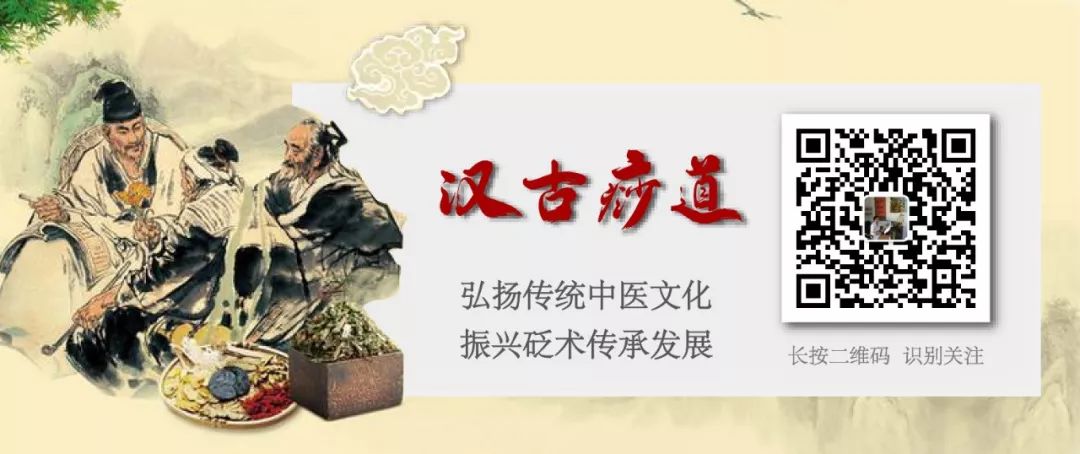In life, it is inevitable to have bumps and bruises, such as hitting a chair or being struck by an object. The same incident can result in different symptoms for different people; some may develop bruises while others do not. Is the tendency to bruise easily a sign of a scar constitution?
Bruising easily is not necessarily indicative of a scar constitution. A scar constitution refers to a condition where wounds do not heal easily or leave scars after healing. However, bruising, which may seem like a minor symptom, should not be taken lightly.
This is an early manifestation of blood stasis in our body. Common conditions such as cerebral infarction, coronary heart disease, pulmonary embolism, and lower limb arterial embolism are all closely related to blood stasis. Additionally, conditions like liver cirrhosis, liver cancer, gastric cancer, and breast cancer in women are also associated with blood stasis!
Given that blood stasis can lead to such serious diseases, how can we determine if there is blood stasis in our body?
The simplest method is to observe the sublingual veins. If the color of the sublingual veins is dark and there are bruises, it indicates the presence of blood stasis in the body.
Moreover, there are other symptoms that also indicate blood stasis.
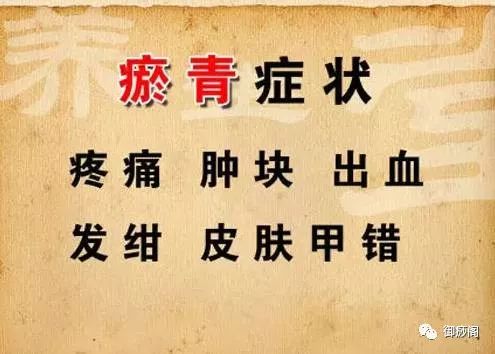
Blood stasis-related pain is often characterized by stabbing, cramping, or dull pain, particularly a pain that feels like being pricked by needles. The pain is usually fixed in one or several locations, such as headaches, chest pain, stomach pain, abdominal pain, pain in the precordial area, and pain in the hypochondriac region. Pain may worsen on rainy days, in cold seasons, or at night, and in severe cases, one may feel a large lump in the hypochondriac area.
Cyanosis refers to a purplish or dark color. This is a typical symptom of blood stasis, where the lips, face, nails, and tongue appear darker or exhibit a bluish-purple color. Common manifestations include dark circles under the eyes or prominent veins, often seen on the abdomen, lower limbs, or scrotum, resembling twisted worms, and in severe cases, they may appear as sac-like expansions. Additionally, there may be no external injury, but the complexion may appear dark or even black, with black spots developing on a previously fair face. For instance, the butterfly spots in women and age spots in the elderly are manifestations of internal blood stasis.
Other areas of the skin may become rough, dry, itchy, or even exhibit a snake-like appearance, which is also a sign of blood stasis.
There are many causes of blood stasis, including emotional factors, dysfunction of internal organs, and various external pathogens. However, from a pathological perspective, it can be divided into deficiency patterns and excess patterns. Clinically, the most common is Qi deficiency with blood stasis.
What are the manifestations of Qi deficiency with blood stasis?
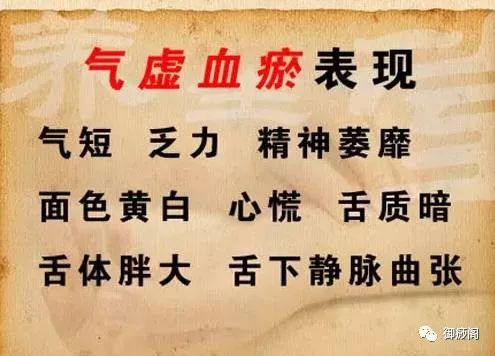
When you experience symptoms of Qi deficiency with blood stasis, it is essential to invigorate the blood while also tonifying Qi. Which herbs have the dual effect?
Blood stasis is the source of numerous diseases and is ubiquitous, while Qi stagnation with blood stasis is a common type of blood stasis syndrome. Daoist medicine states that Qi is the commander of blood; when Qi stagnates, blood coagulates. This means that when our Qi encounters obstacles, blood circulation becomes impaired, leading to blood stasis.
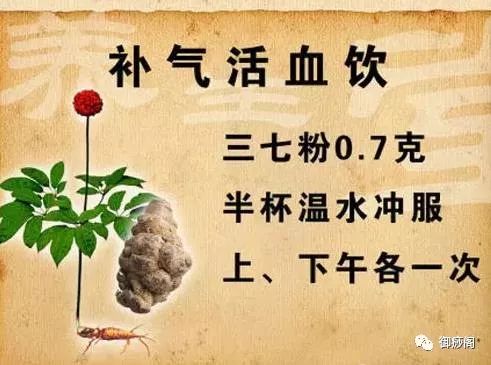
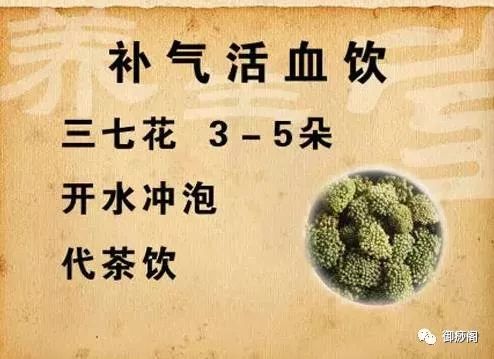
Qi stagnation type blood stasis can lead to some very serious diseases, such as tumors (cancer), myocardial infarction, and breast hyperplasia. So, how can we determine if our blood stasis is of the Qi stagnation type?
The most common cause is emotional distress, which disrupts the liver’s ability to regulate Qi, leading to Qi stagnation and blood stasis. Therefore, patients with Qi stagnation and blood stasis often exhibit symptoms of emotional distress, such as irritability, depression, and sighing. Additionally, they may experience pain in the liver and spleen areas, primarily characterized by distending pain, sometimes radiating.
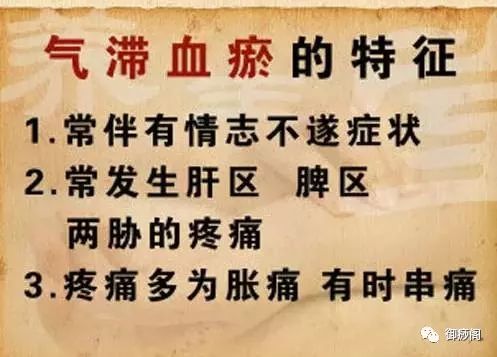
A mass is also a common feature in patients with blood stasis, and experts particularly remind us that masses can be classified into true and false accumulations. True and false masses each have their characteristics and are associated with different diseases, so we need to be vigilant when encountering false masses.
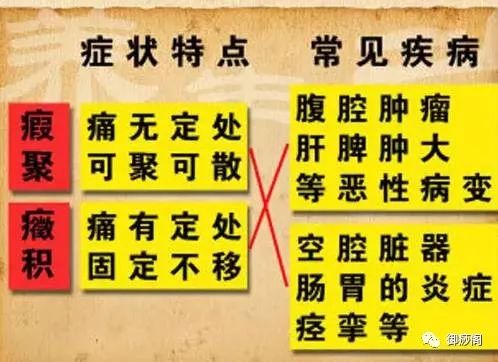
For Qi stagnation with blood stasis, dietary therapy can be beneficial—such as the use of Tao Hong San (Peach Blossom Powder) and Dang Shen (Codonopsis) eggs. When consuming these, adding vinegar as a seasoning can enhance the effect of promoting Qi and invigorating blood circulation.
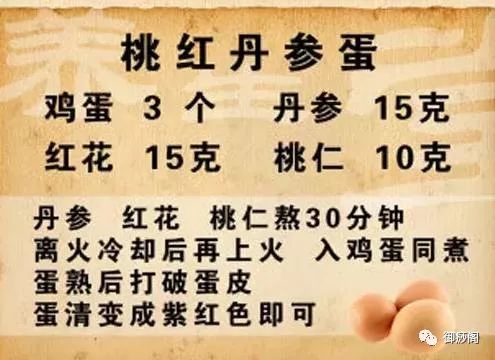
Acupoint Massage
|
Qi |
Hui Zhan Zhong, |
Ren Mai (on the anterior midline, at the level of the fourth intercostal space) |
|
Blood |
Hui Ge Yu, |
Bladder Meridian (on the back, at the lower edge of the 7th thoracic vertebra, 1.5 inches lateral) |
